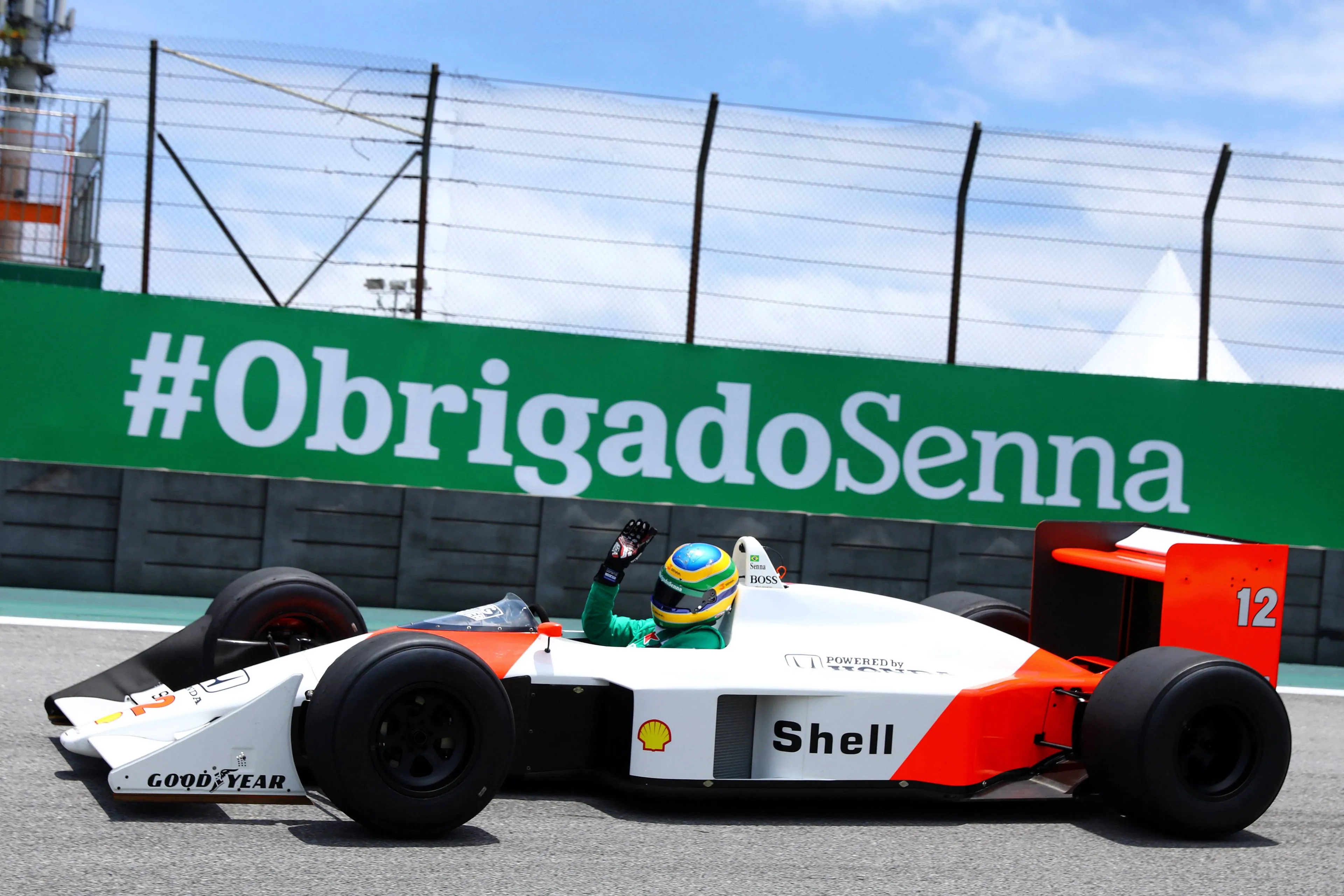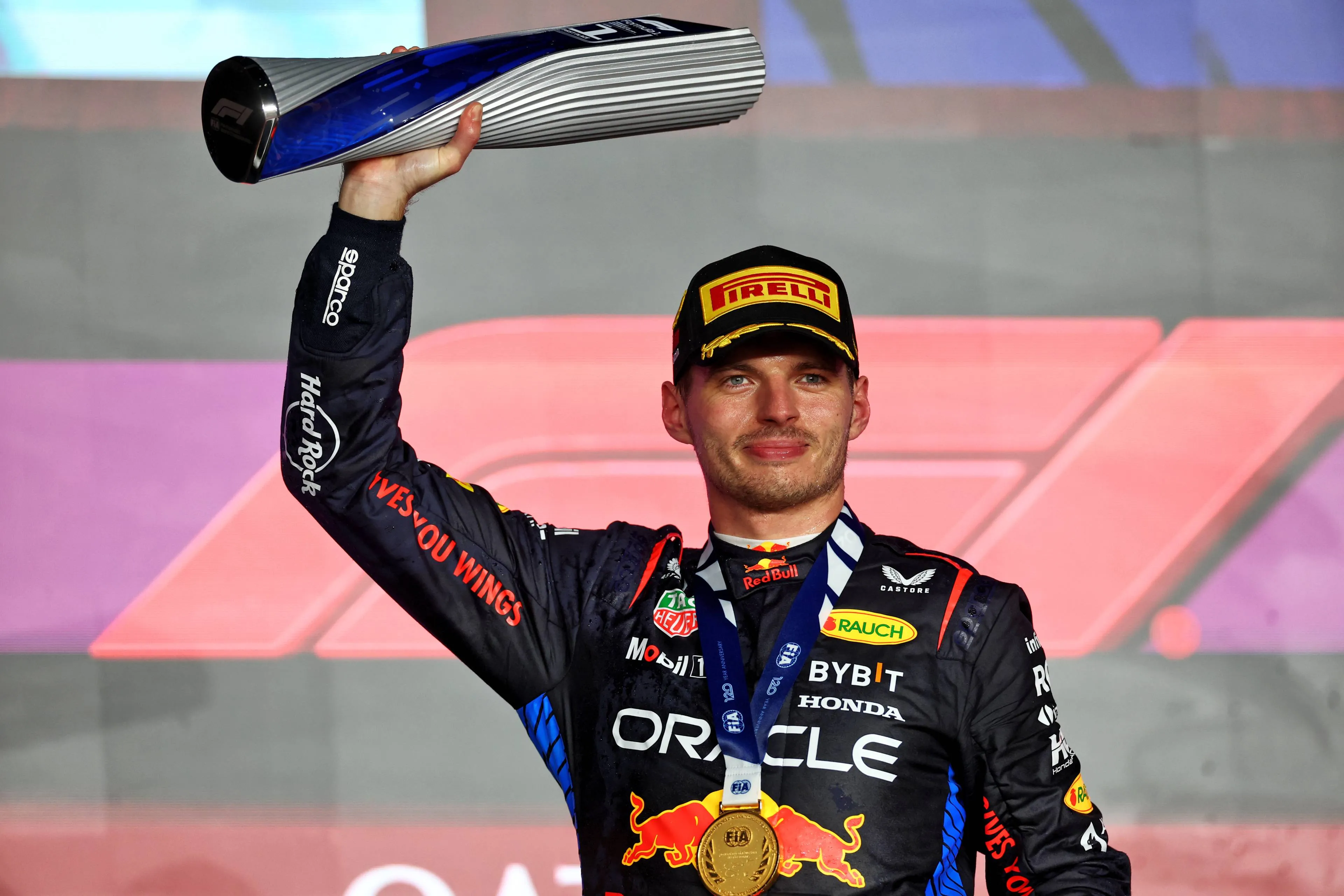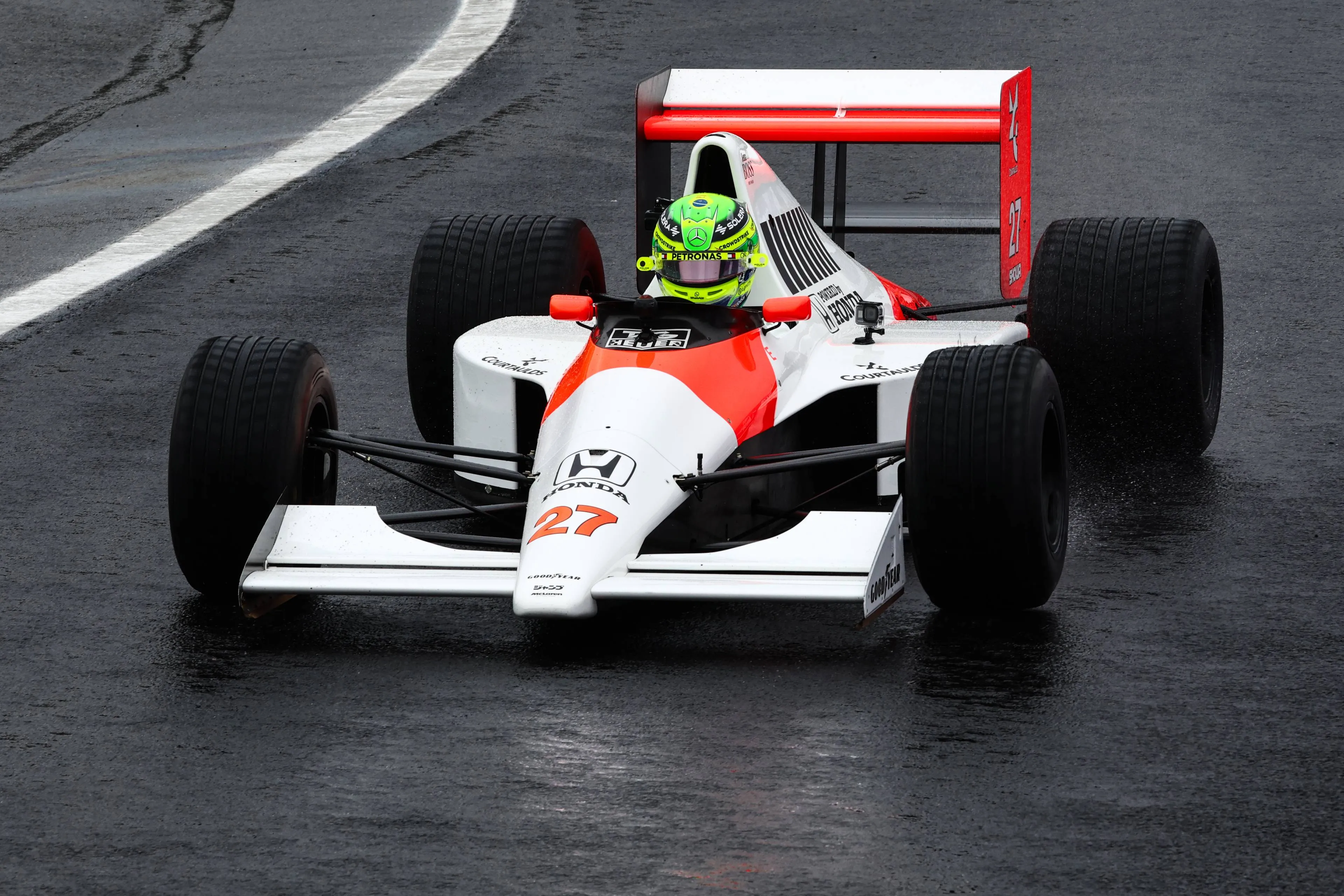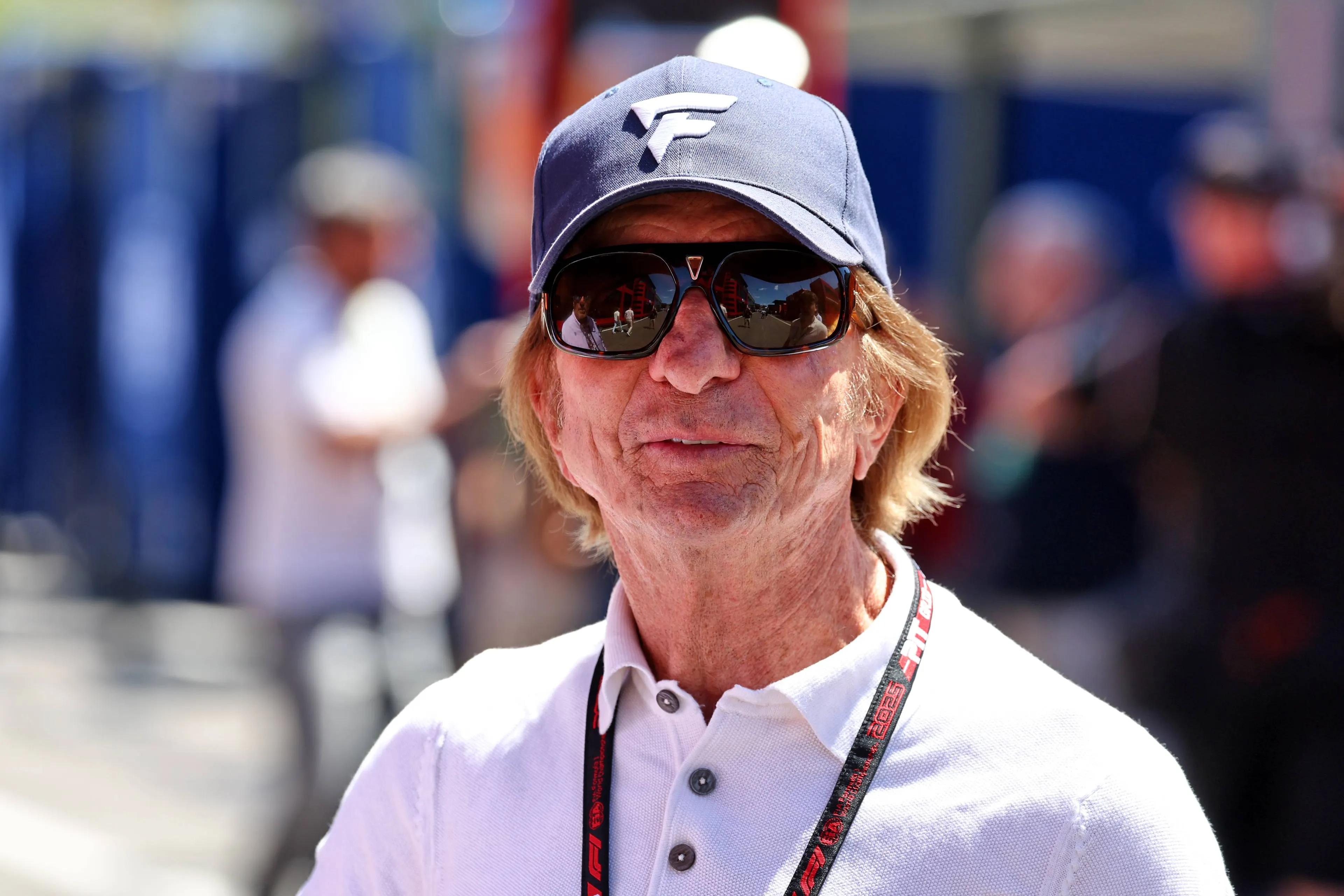Ayrton Senna
An inner peace that he believed he owed to God: Ayrton Senna was perhaps incredibly competitive on the track, but according to himself, his racing came to life when he was completely relaxed inside. A rivalry with Alain Prost would go down in history as the rivalry in Formula 1, and a fatal crash would prematurely end his life in 1994. However, by then Senna had already earned the status of a legend.
Rising to the Top with Financial Support
Where Formula 1 today often gets the accusation of being reserved only for rich kids, this was never an issue for Ayrton Senna. In the early 1970s, the Brazilian appeared on the karting grid and took the national championship title in 1977. A move to the British Formula Ford 2000 followed, where he won the title in 1982, and the logical progression to the British Formula 3 Championship came shortly after.
Despite fierce competition, Senna won the title in his first season in 1983, as well as the first GP of Macau that same year. Formula 1 teams lined up to sign the Brazilian, but initially only as a test driver. Senna then chose a relatively new team, one where he could immediately make strides as a full-time driver: Toleman.
On the soaking wet asphalt of Monaco, Senna sliced past competitors in much better cars and rapidly closed in on leader Prost. The Frenchman signaled that it would be better to wave the red flags as it was about to rain harder; the real reason was the incredibly fast-approaching Senna in his wake. The race was stopped, and Senna finished 'only' second. The Brazilian would later take two third-place finishes during the season before moving to Lotus in 1985.
Lotus and McLaren, but also Rivalry with Prost
With his P2 in the rain at Monaco in the Toleman, Ayrton Senna showed what kind of driver he was. In the more competitive Lotus of 1985, the rivals were warned, but technical issues limited Senna to just two P1s. The following year, in '86, the Brazilian had to settle for two wins, before a real opportunity arose in 1987.
Even then, it wasn't enough to have a good car and a phenomenal driver: Williams was dominant with the extremely strong FW11B, and Senna had to settle for third place in the championship. One season later, a move to McLaren (thanks to later rival Alain Prost) would allow Senna to finally claim the title.
In 1988, Senna drove alongside Prost at McLaren, and the team dominated. Senna won the title, leaving Prost behind in several races by absurd margins. In Monaco, for instance, the Brazilian was over a second faster per lap than the Frenchman and was told to ease up. A crash followed on lap 67, after which Senna immediately left the paddock.
With the 1988 title in hand, 1989 was the year in which Prost wanted to prove himself. During the Japanese Grand Prix, Prost knew that if his teammate didn’t finish, the title would be his. A collision occurred, and Prost seemed sure of his championship. Until he saw how Senna managed to get his car back on track and win the race: the president of the FIA, Jean-Mari Balestre, was needed to help his countryman Prost. Senna received a disqualification, and the title went to Prost. It became clear that the Frenchman could no longer race alongside Senna at McLaren, leading him to wisely switch to Ferrari.
Without a direct competitor alongside him, Senna claimed the titles in 1990 and 1991 with McLaren, before the team started to fall short against Williams in 1992. Senna was eager to move to the team with the strong car, but in 1993, Alain Prost was already driving for them. The Frenchman had made it a condition that Senna would not be his teammate, forcing the Brazilian to endure.
Move to Williams and Tragic Death
With Prost's departure from Formula 1 at the end of 1993, 1994 was the year that Senna could make the move to the Grove-based team. Alongside Damon Hill, the Brazilian began the season struggling, as Williams had to abandon many of its technical advantages due to a rule change. This struggle would ultimately cost him his life.
During the San Marino Grand Prix weekend at Imola, Roland Ratzenberger tragically lost his life on Saturday following a horrific crash. In the documentary Senna, medical expert Sid Watkins is seen trying to convince Senna to stop racing after the incident.
However, Senna chose to appear on the grid anyway and got off to a strong start from pole position on Sunday. But on lap seven, everything went wrong as the Brazilian went straight at Tamburello and crashed hard into the wall. Later that evening, the news broke that Senna had passed away.
Among the wreckage of the Williams car, an Austrian flag was found, which Senna had intended as a tribute to the late Ratzenberger.
Popular on GPBlog
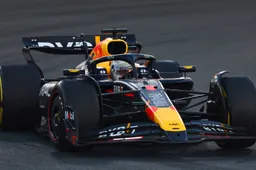
1
Red Bull Racing implements this name change ahead of the new season
7532 times read

2
Fresh details emerge on Red Bull’s call to dismiss Horner over summer
1240 times read

3
Verstappen angry over Red Bull teammate's firing: 'It ruins someone's chances
962 times read

4
Red Bull boss has no doubts about Verstappen leaving after 2026
908 times read
Loading
